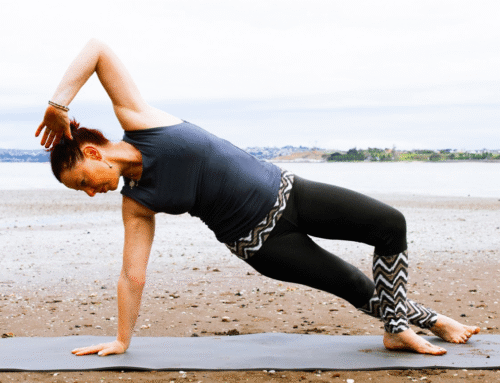Learning to slow time
We all know what it feels like to run out of time. To have a great set of tasks and the same amount of hours to do them in. We know our priorities but can be sidetracked or misdirected. The thing is every day we have tasks to complete and when we realise we are not robotic we can accept some days we will have more energy than others. If we come back to the bigger picture regularly and make time for taking things in we will be more productive and creative. Lack of time results in less personal time or space to be relaxed and more productive. This time let’s call it me time alters the concept of time in the days weeks years. So let’s say you want to change our relationship to time.
Our body has many ways of progressing in time. Each of our cells has its own clock and it knows when to shed and repair parts of our body to stay in good health. We can learn a lot from this. Breath links to time, within human existence we breathe around 12 times per minute. If you compare our life span to an elephant who lives for 80 years it breathes about 8 times per minute and dogs who live for 12 – 16 years breathe 35 – 40 times per minute. So breath and time are interlinked and you can elongate time. So breath and time are interlinked and you can elongate time. Yogis call this yogic breathing, within the hatha yoga pradipika, when prana moves, Chitta moves and this changes the lifecycle of a human. The ancient yogis call this pranayama, and they also link this to a calmer and longer life.
The Left and right sides of the brain have different ideas of time. Our left brain sits in space and time and our right brain is outside this picture and so our left brains are in tune with creative areas and also to logical things happening and our right brain looks at the big picture and brings things in from other places. So the important part is the central brain the corpus callosum as it inhibits one hemisphere so that the other can engage in a particular task (Excitation or Inhibition?)
I have been interested in the descriptions by Tom Evans who describes it as a magical thing that brings us into the flow, when they flow at the same time they get into extended me-time or what is known as being in a state of flow. I have relearned from Tom creating this state of flow by inhibiting your corpus c can be done with your breathing. Scroll down for this technique.
5 tips for keeping time for healthy habits
- Plan in advance to get moving. Try putting your mat out before bed.
- Lift your body. Weight lifting isn’t just for appearance! Lifting weight lowers blood sugars, improves hormones, reduces chronic disease. But do you need weights to achieve this? NO, if you have less time use your body weight in lunges, planks and down dog poses alternate a few each day.
- Get enough sleep. Rest and good sleep are very important, the lack of it can lead to obesity and heart disease. Spending more time at home can dissolve our ability to keep regular hours, now is the time to dim the lights, rest, add Yoga Nidra and Restorative yoga.
- Let go of stress and change it up for positive stressors. Do something new regularly. You can improve the way you feel and think with that resilience and rest the mind with a meditation routine or within restorative yoga.
- Don’t put toxic things in! Factory-made food or negative talk. Choose whole, unprocessed foods and great conversations that promote wellness. Keep in touch with others, be a great role model and pass on your good humour and company. Just because you’re wearing a mask shouldn’t stop you from say hello. Positivity is infectious.
Pranayama and Inhibiting the Corpus Callosum for flow
Enter a flowing state with pranayama – hold the right index finger on your right nostril to close this off and breath in and out to energise the right hemisphere (make sure it is the right speed for comfort for you), do this for five in and outbreathes. Left index finger to close the left nostril and repeat the 5 breaths through that nostril. This technique will boost your creativity.
Another technique is to open the eyes and move them up and to the right down and then down to the right and up across to the left and down to the left and repeat this as smoothly as you can as if you are drawing a bow or infinity sign. Then pause and start at the bottom on the right then go top on the right across to the bottom on the left and up to the top on the left and repeat for a few minutes.
Info: Tom Evans podcast-tom-evans-writers-block
Juliana Bloom & George Hynd Neuropsychology



